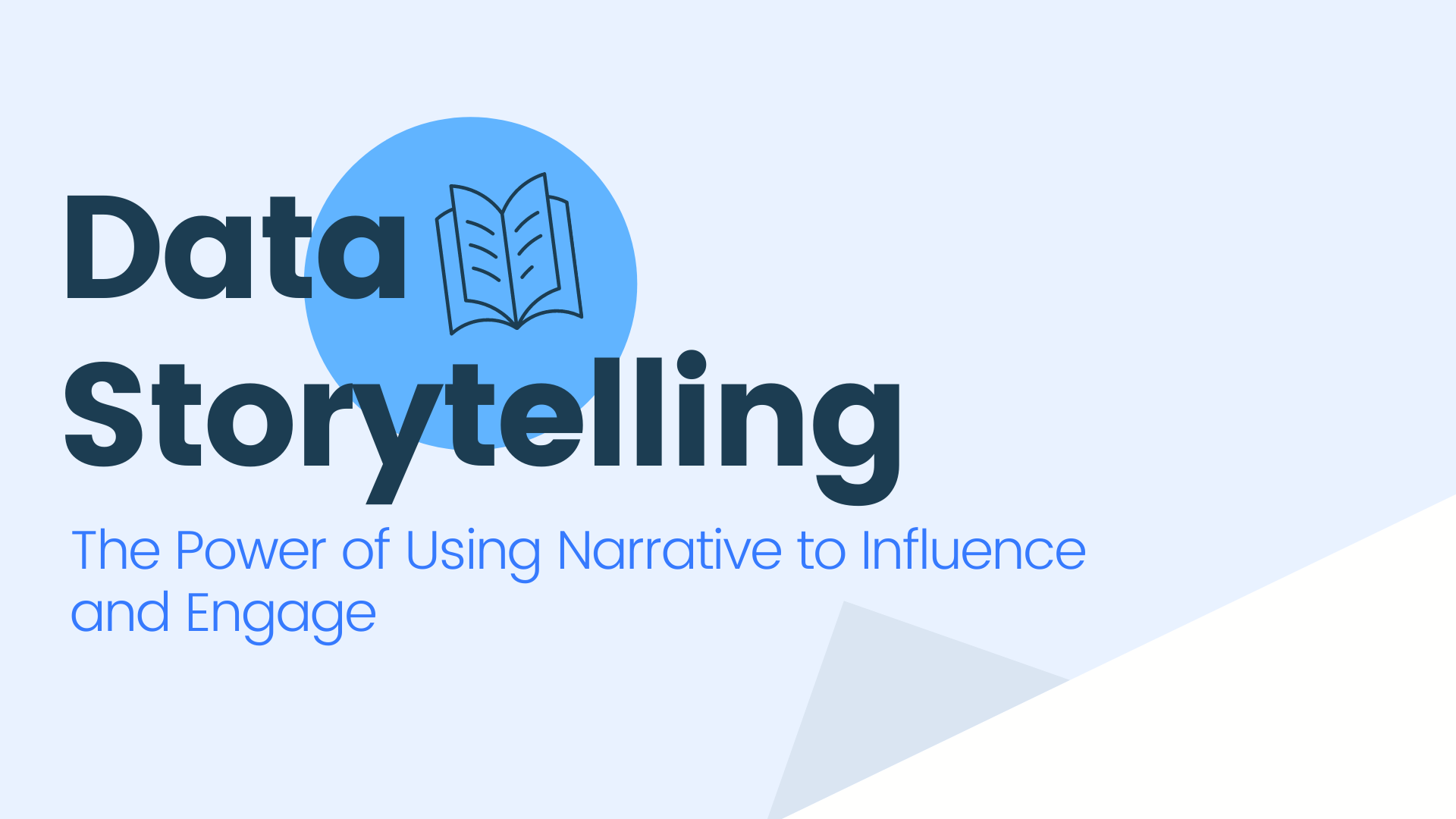Have you ever looked at a spreadsheet filled with rows upon rows of raw data? You might have set out to collect the data because you knew it could help you make decisions. But the numbers and facts and snippets of information you’re looking at now? They make you feel like running, fast, in the other direction.
The cycle of gathering, storing, sorting, processing, and analyzing data can seem like — and is — a lot of work for most product managers, designers, and leaders. Especially when you just want to create an epic product and let it out into the world. Well, high-quality data can help you do exactly that when it’s delivered in a ready-to-use format.
Enter: Data as a Service, or DaaS.
How does Data-as-a-Service work
Data as a Service tools are cloud-based platforms that store, manage, and analyze data. DaaS helps users see and access accurate information whenever they need to — and use it to make important decisions.
Why is DaaS a game-changer for product-led growth?
Think about product managers. Most don’t have time to run campaigns to collect, cleanse, manage, and analyze data from scratch on their own. They’re too busy making sure products keep pace with lightning-speed developments in technology and market demand.
So they either need to have a team of (expensive!) data scientists on staff or pay for tons of different software pieces to source and support data throughout its lifecycle. And, they’ll probably still need to contract with a data scientist to even make the software worthwhile.
This is where DaaS swoops in to save the day. With a DaaS provider, you can gain insights from data that’s readily available.
Most DaaS platforms focus on either:
- Helping you collect, manage, and analyze data, OR
- Giving you access to proprietary datasets that help you make key decisions.
You can pick your services depending on your organization’s unique needs. The core goal of all good DaaS providers is to give you the platform and information upon which you can build a data-driven decision-making framework.
Which brings us to our next point: What exactly do we mean by “data-driven decision-making?”
What is data-driven decision-making?
We like to define data-driven decision-making as the process of applying information to make objective calls that bypass fleeting feelings and opinions.
For example, imagine you’re trying to decide whether adding a generative AI tool would benefit your product. It seems like everyone around you is racing to build or train AI models. They want to keep up with the exciting buzz and chatter around this groundbreaking technology.
Should your organization invest time, money, and brainpower into hopping aboard the AI train?
It’s a big decision.
So you decide to share the burden of it with your product management team. Half the members of the team love generative AI. The other half don’t think your customers would benefit from it — or even use it in the first place.
A passionate discussion about the pros and cons of AI ensues.
Emotions rise. Time passes. People start to get hungry and stressed about the projects they dropped to attend this seemingly fruitless meeting. Someone pulls up the competitors’ sweet AI models. Someone else points out a competitor that hasn’t dipped their toes in AI and seems to be doing fine.
Finally, someone brings up an important point: Isn’t there some sort of data out there that shows whether AI tools are popular with the people in your target audience?
The answer? There almost certainly is. A DaaS platform can help your team find that information and make a smart decision based on what the data reveals. That’s the value of applying data-driven decision-making.
Next time there’s a big decision to make, your team can turn to the data before launching into subjective arguments.

3 key benefits of using data to make decisions
With all that foundational knowledge laid out, let’s talk about why data-driven decision-making is important in the context of its business benefits.
1. Save time and money
DaaS helps you save time and money by speeding up your decision-making process. You’ll get to spend less time fighting, ahem, having intense discussions with your team and more time taking quick, informed action.
Data-driven decisions also save time and money by keeping you from making costly mistakes. (Looking at you, Crystal Pepsi.) Or if you do end up making decisions that don’t work out, data can help you make the painful but necessary decision to scrap the idea.
For instance, let’s say you, as a business owner, have finally realized that printing checks is a waste of time, money, and paper.
You’re ready to set up electronic payments for your vendors. You’ve done this for a while with customers, and now you want to pay vendors electronically, too. Ideally, you’ll choose a method that speaks to vendors when it comes to ease of use and cost.
From credit cards and ACH transfers to digital wallets and debit cards, there are many ways to make electronic payments. So how can you choose the right one?
By looking at data that’s already out there, of course! Let's say the data shows that most vendors in your industry like getting paid via ACH. They'll even offer discounts if you use their preferred method!
Thanks to DaaS, you were able to quickly source the info you needed to make a data-driven decision that will save you money.
2. Improve the performance of your product
Data-driven decision-making can — and should — happen throughout the life of your products. With a DaaS platform, your organization can continually collect, clean, and analyze internal data.
Data from things like customer surveys, past purchases and returns, and website browsing behavior can tell you a lot. Especially if a DaaS tool or data science team keeps it organized, analyzed, and ready for you to use. You can use data insights to make changes and updates to the products and services you offer your customers.
The more your products align with your customers’ needs and desires, the better they’ll sell.
3. Get ahead of the competition — or cut your losses
As you get more comfortable with using data to make decisions, you'll be able to use it to predict trends. This gives you some decision-making power before concrete data for that trend becomes available. Meaning you may have a unique chance to get ahead of the curve!
Sometimes, that will pay out. Other times, an innovative product just doesn't gain traction. The good news? You can check the data to understand why.
Maybe you’ll need to make some tweaks. Or maybe, like hundreds of successful companies before you, you’ll need to discontinue a product — after the data tells you no one’s using it.
There’s no shame in that. Just look at Facebook’s Metaverse flop. Err, we mean Meta’s Metaverse flop. How did the team at Meta not decide to scrap the product after user data showed that no one wanted to spend time in a legless cartoon world?!
Sometimes, you just have to listen to the data, walk away, and strengthen the product your customers already know and love.
Making data work for you has never been easier
Thanks to DaaS services, any product development team can use data to make important decisions. And in a world where data drives everything from business innovation to educational instruction, it's time to embrace it.
Remember: Data is just valuable information broken down into points. When a DaaS platform organizes those points into something meaningful for you, you’ll be on your way to data-driven success.
Don't let data get you down. As a basic principle of PLG, you want to stay on top of your numbers to make the best-informed decisions for your product.
Sign up for the Product-Led Growth Certified course to get those numbers working for you.



 Follow us on LinkedIn
Follow us on LinkedIn




